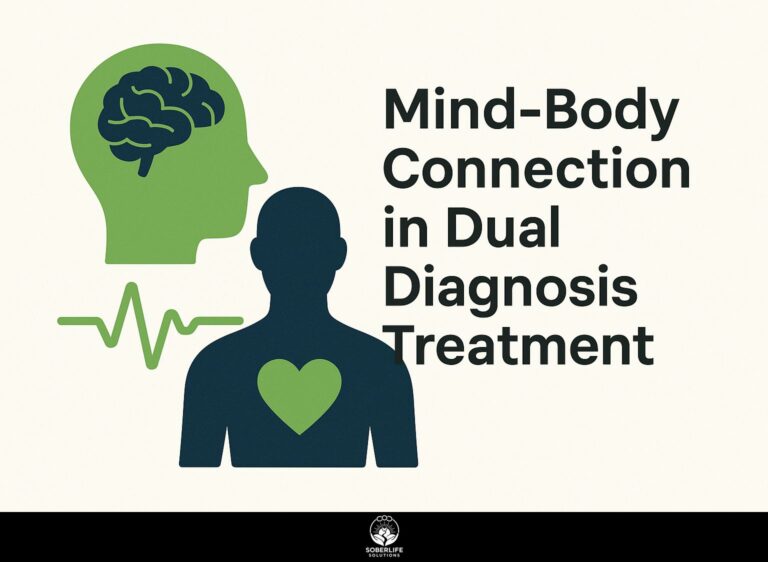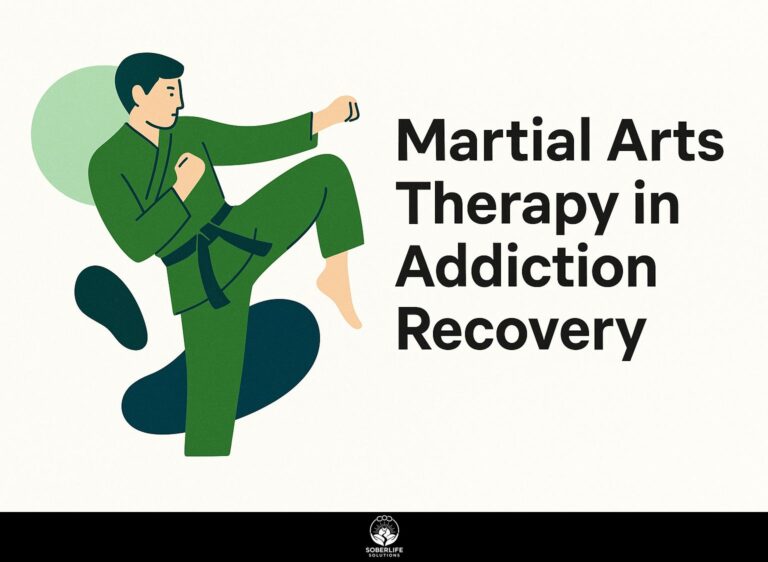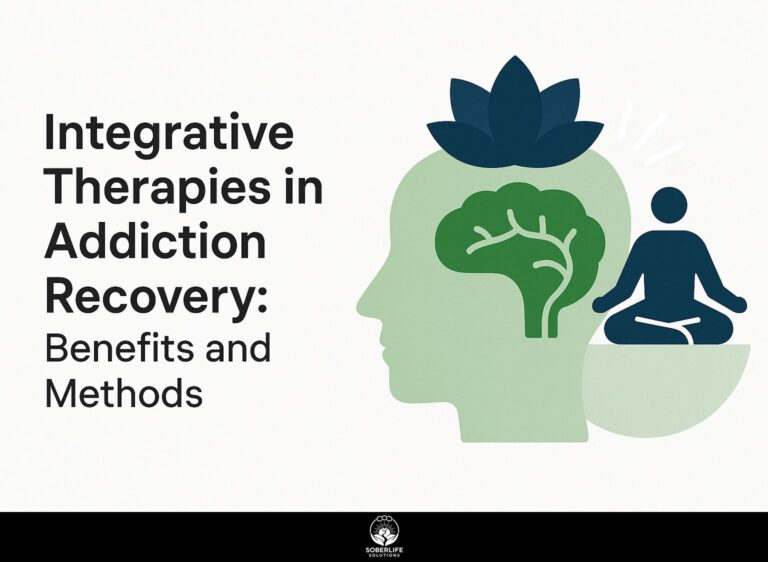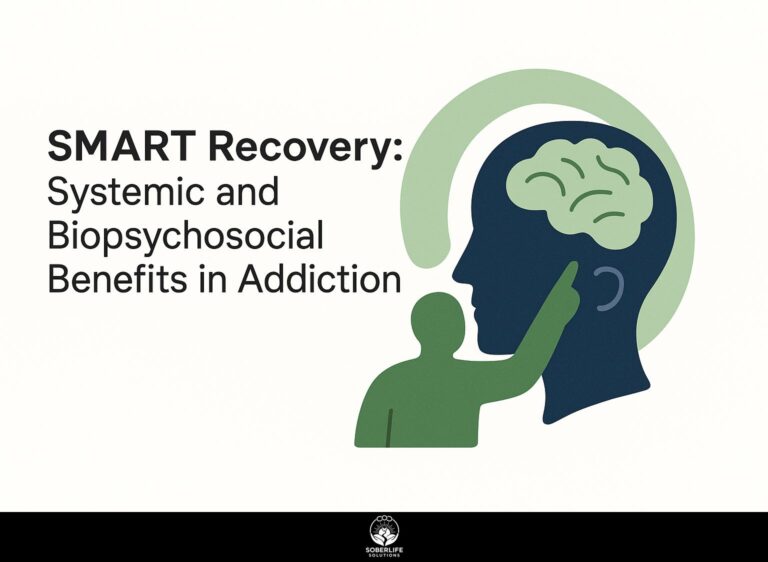Aqua Therapy Bed in Recovery: Benefits and Role
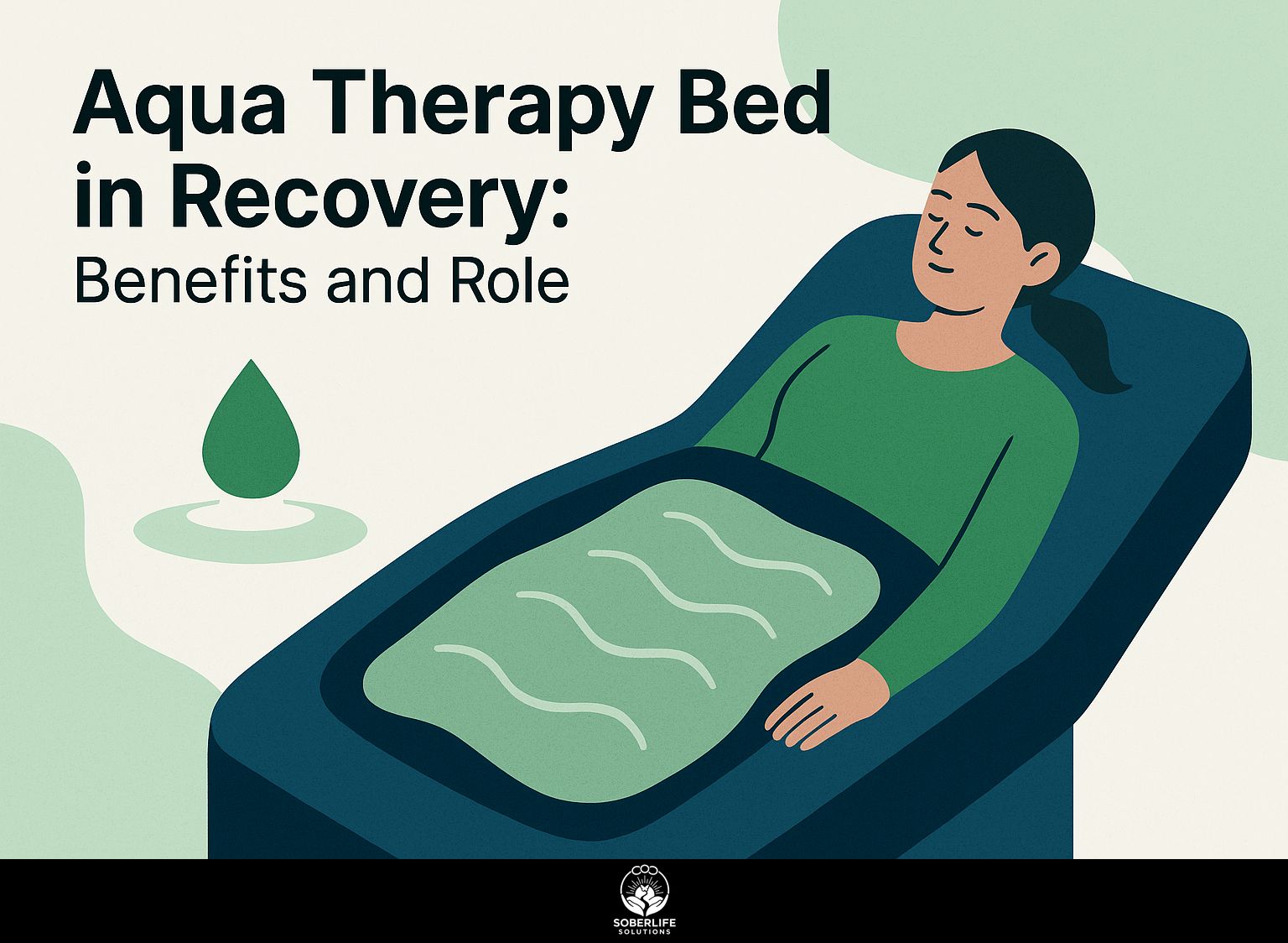
Using water therapy beds provides a new way to aid in recovery. Using hydrotherapy and water therapy, these new methods help reduce pain and improve movement with practices like hydromassage and balneotherapy. This article examines the confirmed benefits of aquatic therapy, demonstrating how it aids in recovery and boosts overall health. Learn how aqua therapy beds can change the way you recover.
Key Takeaways:
Definition and Purpose
Aqua therapy beds are designed to provide therapeutic water immersion, which aids in muscle relaxation and rehabilitation for various health conditions.
These beds use temperature control to make a calming setting, which helps reduce pain and improve blood flow. Water helps the body by reducing stress on joints, making it easier and safer for people with movement difficulties to exercise.
For instance, individuals recovering from surgery can perform gentle movements that would be painful on land. Incorporating aqua therapy beds into rehabilitation programs can improve outcomes significantly, allowing patients to regain strength and flexibility faster while enjoying an overall sense of well-being. According to ResearchGate, there is substantial scientific evidence supporting the positive effects of hydrotherapy on various bodily systems, underscoring its therapeutic benefits.
Historical Background
Hydrotherapy dates back to ancient Egypt and China, where water was respected for its healing abilities.
In ancient Greece, Hippocrates used natural springs to help treat illnesses, highlighting the role of water in maintaining health. Over the centuries, various cultures, including the Romans, advanced hydrotherapy through the construction of elaborate bathhouses.
Fast forward to today, hydrotherapy has evolved into modern practices, including the use of aqua therapy beds, which deliver targeted relief through controlled water temperatures and buoyancy. This evolution is well documented in the Encyclopedia of Cleveland History, emphasizing the historical significance and modern adaptations of hydrotherapy.
Equipment like the HydroWorx pool also improves rehabilitation, creating a good setting for recovery and fitness, combining old methods with modern wellness practices.
Benefits of Aqua Therapy Beds
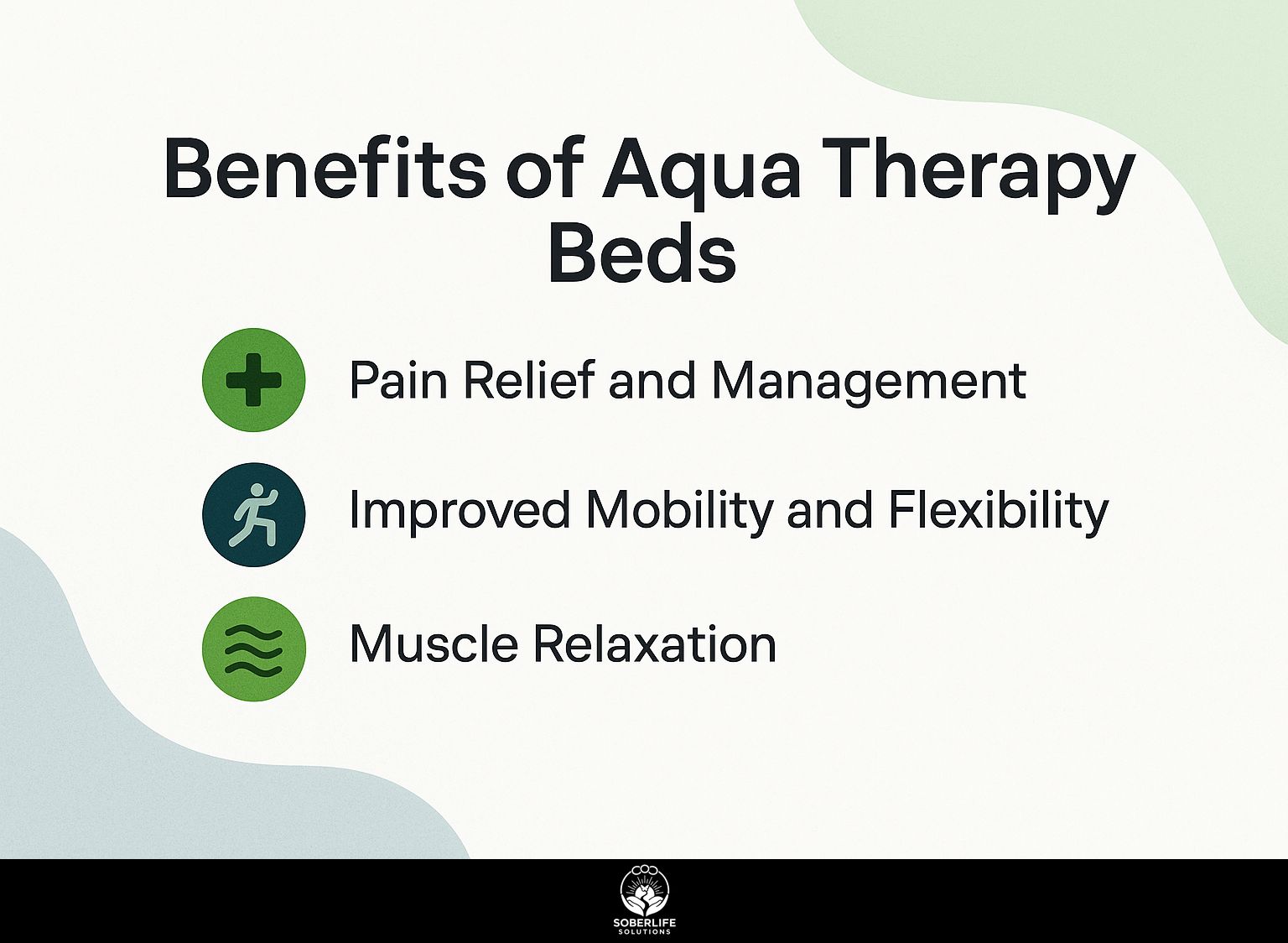
Aqua therapy beds are helpful for easing pain, enhancing mobility, and soothing muscles, which makes them beneficial in treatment settings.
Pain Relief and Management
Research indicates that aqua therapy beds can reduce chronic pain by up to 50%, providing significant relief for conditions like fibromyalgia and arthritis.
These beds use floating support to ease joint pressure, allowing for easier movement and encouraging deep relaxation. One noteworthy example is the HydroWorx 2000, which features adjustable water temperature for soothing heat retention, ideal for easing muscle stiffness.
Studies show that patients report improved mobility after just a few sessions. Including guided exercises in water therapy sessions can improve results, often leading to a 30% increase in flexibility over six weeks. A recent publication by JAMA Network concurs, highlighting the potential of aquatic therapy to significantly enhance mobility.
Therefore, investing in sessions with a certified therapist can maximize the therapeutic benefits.
Improved Mobility and Flexibility
Patients using aqua therapy beds show a 30% improvement in mobility and flexibility, essential for effective rehabilitation post-injury or surgery.
This improvement is largely due to the buoyancy of water, which reduces stress on joints while allowing for gentle movements.
For instance, patients can perform hip flexor stretches or ankle rotations without pain. Many facilities report testimonials from clients who experienced significant gains in range of motion after just a few sessions.
Using an aqua therapy bed improves the effectiveness of rehabilitation and makes physical therapy more engaging, resulting in better overall results.
Muscle Relaxation
Aqua therapy beds induce muscle relaxation through thermal vasodilatation, which helps alleviate tension and stress in the body.
This method helps handle ongoing heart failure by improving blood flow and raising oxygen levels. Patients often report reduced muscle soreness within a few sessions, typically noticing significant relaxation after just 30 minutes in the warm water.
Users have shared experiences of improved mobility and decreased anxiety levels. For best results, try to have two to three sessions each week, giving your body enough time to rest and improve, which can lead to benefits that last longer.
Role in Rehabilitation
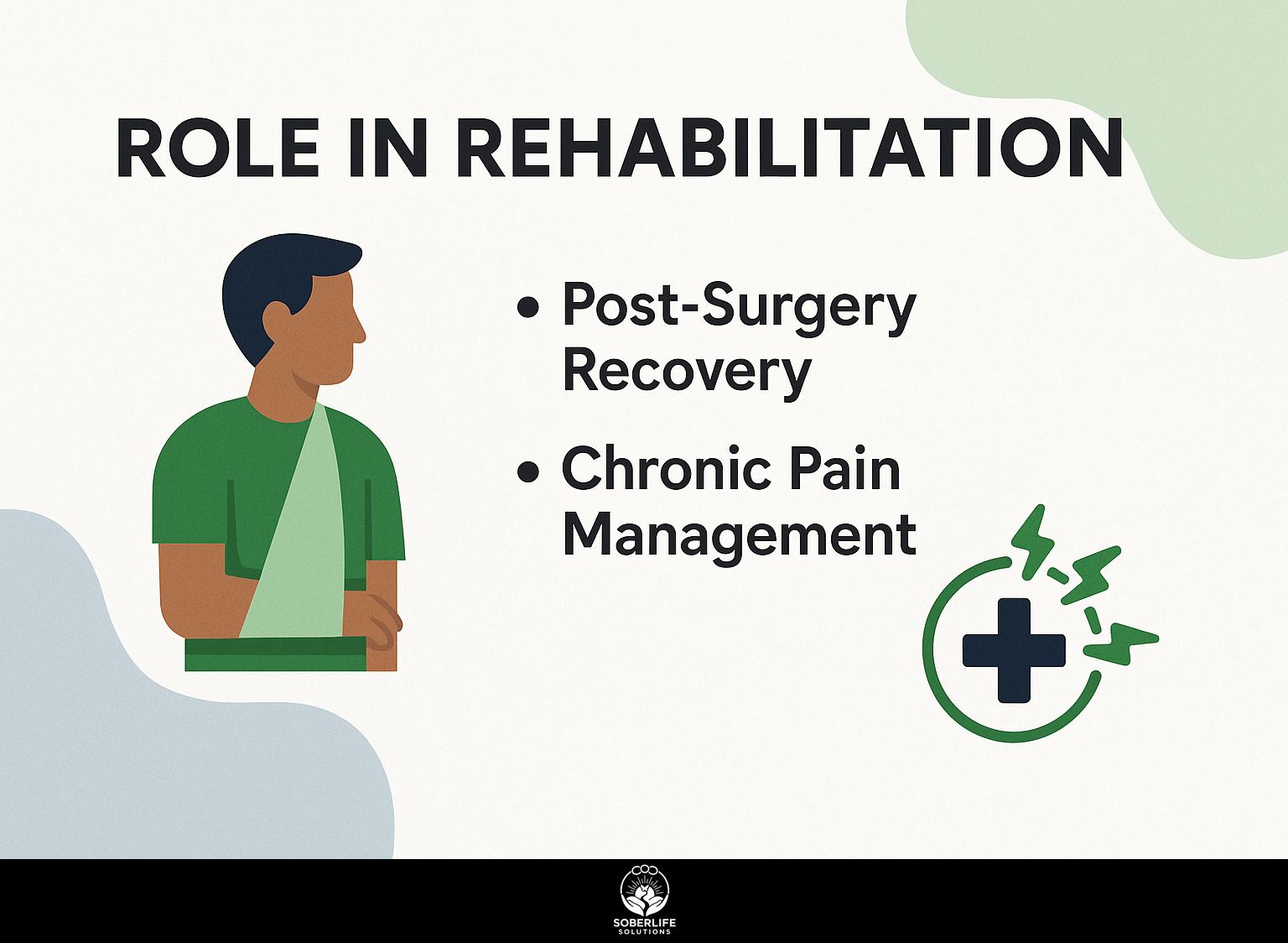
Aqua therapy beds are important in rehabilitation, especially for recovering after surgery and managing long-term pain.
They offer specific treatment choices for each person.
Post-Surgery Recovery
Studies reveal that patients who engage in aquatic therapy post-surgery experience a 40% faster recovery rate compared to traditional methods.
This accelerated recovery is largely due to the unique properties of water that facilitate gentle exercises without the strain on joints. For instance, patients using aqua therapy beds report a significant reduction in swelling and pain, enhancing their range of motion.
A study showed that 70% of participants could achieve full mobility in just six weeks, compared to 12 weeks with conventional methods.
Using tools like Aquatic Exercise Equipment can improve recovery by enabling resistance training in the water, which increases muscle strength and endurance.
Chronic Pain Management
Aqua therapy beds have shown to alleviate chronic pain in conditions like multiple sclerosis and Parkinson’s disease, utilizing targeted hydrotherapy techniques.
Clinical trials indicate that 80% of users reported significant pain reduction after consistent sessions. For instance, a 12-week study on multiple sclerosis patients demonstrated a 45% decrease in pain levels, enhancing their mobility and overall quality of life.
Testimonials highlight the bed’s ability to provide gentle support through adjustable water levels, allowing users to customize their experience. Aqua therapy beds are important in pain management plans because they help with blood flow and relaxation.
Mechanisms of Action
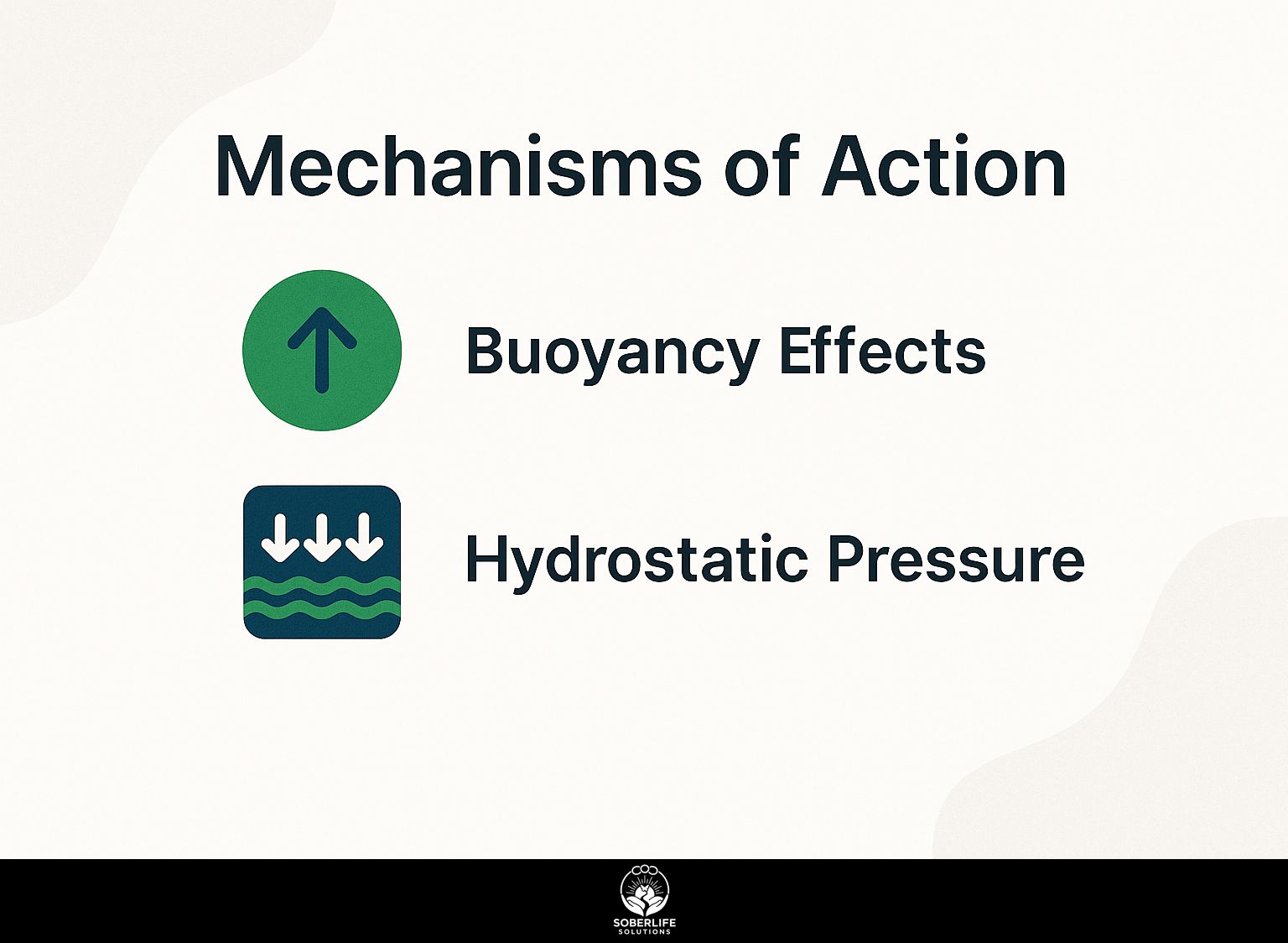
Aqua therapy beds help with treatment because they use the natural lift and pressure of water, improving the results of physical therapy.
Buoyancy Effects
Buoyancy reduces the strain on joints and muscles by up to 90%, allowing patients to perform exercises with reduced risk of injury.
This reduction in weight-bearing allows for safer rehabilitation practices, particularly for those recovering from surgeries or injuries.
For example, exercises done in water can improve muscle strength and flexibility. Activities such as aqua jogging or water aerobics work well. Tools such as underwater treadmills and flotation devices help maintain proper form and decrease impact.
Research indicates that individuals participating in aquatic therapy often experience improved recovery rates, with some reporting a 30% decrease in pain levels compared to traditional land exercises.
Hydrostatic Pressure
Hydrostatic pressure helps improve blood flow and supports the removal of toxins, which is important for patients recovering from long-term illnesses.
This pressure increases blood circulation and lymphatic drainage, which are important for supplying nutrients and clearing waste. For instance, studies have shown that immersion in water can increase venous return by up to 60%, resulting in improved cardiovascular health.
Tools such as hydrotherapy or compression garments can also simulate these effects, aiding conditions like lymphedema and edema.
In clinical settings, hydrostatic pressure treatments typically help patients regain strength and recover faster.
Considerations and Limitations
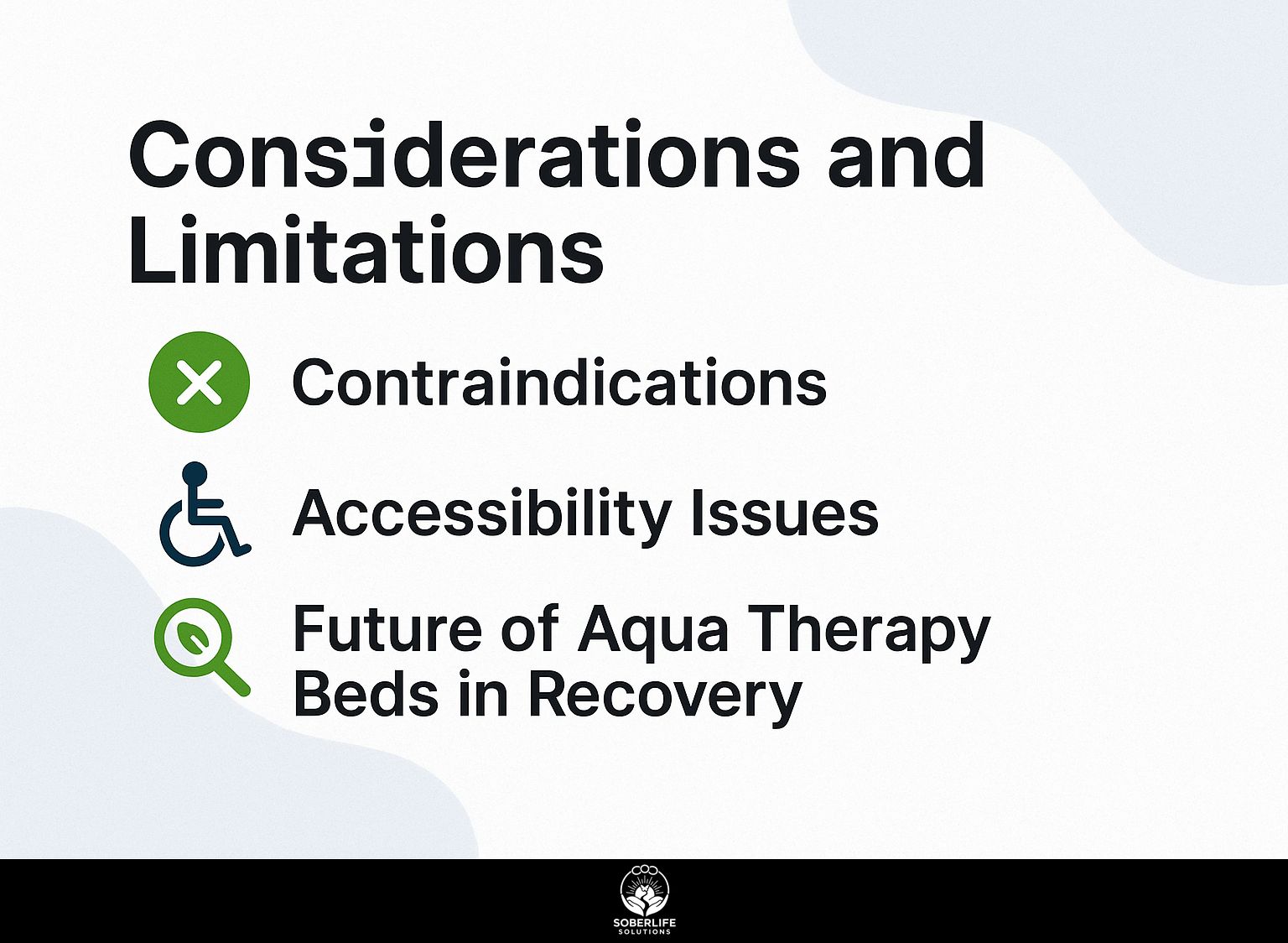
Aqua therapy beds offer many benefits, but it’s important to recognize certain factors and limits for safe and effective use.
Contraindications
People with severe heart problems or skin infections may face risks when using aqua therapy beds.
If heart failure isn’t treated properly, it can cause fluid to build up in the body. Water therapy, which includes floating and heat, might increase this problem and lead to trouble breathing.
Similarly, skin infections pose a risk as the moist environment can facilitate the spread of bacteria and impede healing.
Patients with recent surgeries or open wounds are also at risk, as exposure to water may introduce pathogens or delay recovery.
Therefore, it is important to talk to healthcare providers before suggesting aqua therapy for people with these conditions.
Accessibility Issues
Accessibility can be a significant hurdle, with many patients facing challenges in reaching facilities equipped with aqua therapy beds.
To address these challenges, consider mobile aqua therapy options that bring the equipment directly to patients. Companies like AquaMobile offer in-home therapy sessions, enabling patients to receive care in familiar surroundings without the travel burden.
Pool rentals with therapy beds can be arranged through community centers, allowing patients greater access. For those unable to access these resources, dry hydrotherapy devices serve as alternatives, providing similar therapeutic benefits without the need for a pool.
Exploring these options can significantly improve access to essential aqua therapy for patients in need.
Future of Aqua Therapy Beds in Recovery
New technologies, like AI-driven water therapy systems, are expected to change the way aqua therapy beds are used in recovery treatments.
Putting sensors on aqua therapy equipment can immediately show a patient’s physical responses, allowing for customized treatments.
Companies like Hydroworx are leading this effort by adjusting water temperature and resistance to match each person’s development.
Virtual reality (VR) environments are used to take patients’ focus away during therapy, improving their experience. This technology increases patient participation and can result in improved recovery outcomes, making water therapy more effective and enjoyable.
Frequently Asked Questions
What is an aqua therapy bed in recovery?
An aqua therapy bed is a specialized piece of equipment used in physical therapy and rehabilitation to provide buoyancy and support for patients while performing exercises in a pool or body of water. It is designed to help individuals recover from injuries and improve their overall physical function.
What are the benefits of using an aqua therapy bed in recovery?
Using an aqua therapy bed during recovery offers several benefits. It lessens pressure on joints, makes moving easier, builds muscle strength, and supports heart and lung health. The buoyancy of the water takes pressure off the joints, allowing for more comfortable movement and less strain on the body.
What role does an aqua therapy bed play in rehabilitation?
An aqua therapy bed is an important tool in rehabilitation as it can help individuals gradually regain strength and function without putting too much strain on their body. The buoyancy and resistance of the water provide a safe and effective environment for patients to perform exercises and improve their overall physical health.
Who can benefit from using an aqua therapy bed in recovery?
Aqua therapy beds are suitable for individuals of all ages and abilities, including those recovering from surgery, injury, or chronic conditions. It can help athletes who want to get better at their sport or older adults who want easy exercise and help with pain.
How often should one use an aqua therapy bed in recovery?
The frequency of using an aqua therapy bed in recovery can vary depending on the individual’s needs and goals. It is recommended to consult with a physical therapist to determine the appropriate frequency and duration of therapy sessions for optimal results.
Is aqua therapy bed in recovery covered by insurance?
In most cases, aqua therapy bed in recovery is covered by insurance as it is considered a form of physical therapy. Still, you should contact your insurance company to verify what they cover and any particular rules for getting money back.

